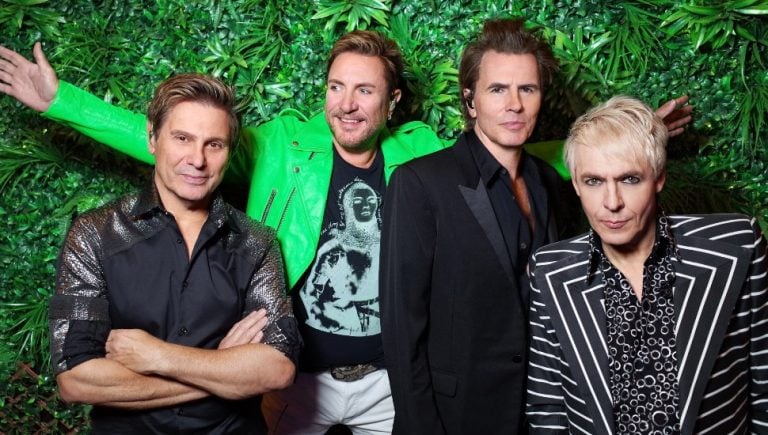As iconic new wave band Duran Duran celebrate the release of their 15th studio album, FUTURE PAST, we were lucky enough to jump on a Zoom chat with the band’s John Taylor.
Speaking on a range of topics including the new album, pandemic-related music and more, Taylor had amazing insight to offer on the influence of 80s music videos and how this concept has changed in the 21st century.
“I mean in the 80s, you know, there was a lot less going on, you know, demanding our attention. Yeah, we were, we had the time to watch MTV for an hour,” Taylor began.
“In the 80s it felt like a music video was like an event and there was so much ground being broken, and people were really excited by the form. It was sort of being invented – really from the end of the 70s through to like the mid-80s, it was like, ‘Wow did you see that new Michael Jackson!?'”
As as Taylor recalls, the videos were not few and far between.
“In the early 80s, most artists, whether it was the Rolling Stones or Elton John, or Queen, they all figured out how to make cool videos, and there was so many ideas left in the bank. Then somebody would do a long form video and it was like, ‘Wow.'”
“But now, music has gone back to being more of a sort of something that runs in the background I feel while you scroll your Instagram feed,” Taylor continued. “Nobody has the time to engage in music on an audio and visual level. We just don’t. Music’s on and we’re on our computers or on our phones and we’re doing something.”
Love Music?
Get your daily dose of metal, rock, indie, pop, and everything else in between.
“I think that the early 80s spoke to that particular generation and it had to some degree represented a form of freedom. Because it spoke to that generation and it was liberating for that generation, it was something that the previous generation didn’t have.”
Of course the changed landscape of music video consumption hasn’t prevented Duran Duran for continuing to pioneer the space of video clips, with one of their latest being a collaboration created with modern-day AI tech called Huxley.
Watch Duran Duran’s music video for ‘INVISIBLE’:


































